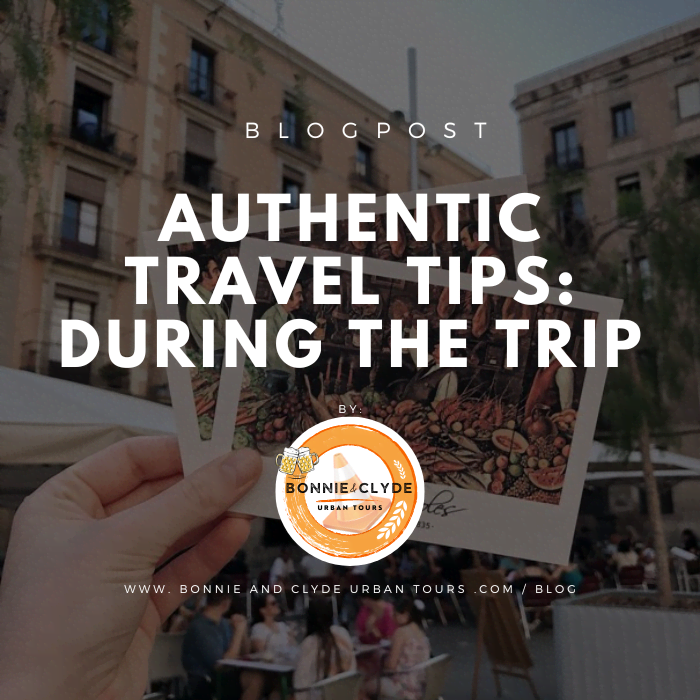⚠Juniper Forest Chania
- Clyde

- Aug 23
- 4 min read
At the South coast of Chania, the Juniper Forest ALSO KNOWN as Kedrodassos, is located. An amazing beach full of trees, sand dunes & people!
In our previous blogpost, I-want-pink-sand, Elafonissi Beach, we highlighted the problems that the over-tourism wave has created, in the name of ''development'', to the sensitive eco-system of Elafonissi beach in Crete, even though it is included in the European Union's protected environmental network, better known as NATURA 2000.
We analyzed today's reality and made practical suggestions on how things can change & evolve for the better.
The human presence in sensitive environments & eco-systems, has as a result a continuous degradation of these areas. Over the last years, through the rapid expansion of the internet and several apps such as Google Maps, there are practically no hidden places left on our planet.
Kedrodassos, in Greek language, is a combination of two words: ΚΕΔΡΟΣ (kedros) = Juniper & ΔΑΣΣΟΣ (dhassos) = Forest.
The Cretan juniper species are Juniperus oxycedrus* (subsp. macrocarpa) & Juniperus phoenicea*.
All the main areas of Juniper trees in Crete are under a protection network that called Junicoast . Although most of these areas are located in isolated places, they still receive many visitors every summer.
The reality in Kedrodassos - Juniper Forest Chania - is no exception to this alarming phenomenon.
Full with juniper trees (often mistaken for cedar trees) and sand dunes, the Juniper Forests of Crete form some of the most important eco-systems in Greece, covering an extensive area of 11 hectares and they are truly magical.
What isn't magical, it must be said, is what visitors leave behind after their stay or visit this area.
In short, the situation is unacceptable: uncontrolled number of daily visitors & free campers polluting the environment with plastics and garbage, pitching their tents on top of the juniper roots & cutting branches off the trees to fuel their barbecue!!
I have seen this with my own eyes...
Additionally, there are small and large speed boats all around the main beach, people spearfishing just a few meters from swimmers, thousands of flies buzzing around & toilet papers behind the bushes.
It is totally understandable that people seek to visit & experience this unique place. We, humans, need to have a direct connection with nature. This is in our DNA and it is wonderful but we also need to respect nature to the maximum. If this earth paradise gets destroyed, how could we possibly replace it? Or, are we moving on to the next available paradise and repeat?

If you plan to visit Kedrodassos or you already have been there, you should note that these trees are highly fragile and need our utmost respect. Unintentionally and without realizing it, visitors sometimes cause severe damage to these plants. The most common harmful acts are breaking branches for their tent to fit under the shade, destroying young roots by steping on them or lighting fires. Even if branches of the cedars seem dry/dead, they are alive and grow extremely slowly; by only 1cm / year.
Changes for a better reality
Many things can be done in order to have a win-win situation for ''Kedrodassos'', the Juniper Forest of Chania.
First of all: PICK UP YOUR GARBAGE!!! If you don't do it, probably no one else will.
Carry them back to your vehicle when leaving & throw them out at the large garbage bins that you'll see at the side of the main roads.
Do not light fires for any reason!
Do not cut tree branches or the sensitive sand flowers.
Be careful of where you step. If you decide to stay overnight, sleep under the stars. Tents harm the juniper roots; it might not be visible to the human eye but it does harm them.
No speed boats close to the shore. It isn't only the pollution that they create but also safety reasons in case of an accident (it'll take a long time for a rescue team to get there). The same applies for spearfishing.
Use of non-chemical sun protection creams only. Use of the standard chemical sun creams, creates a film of chemical oil that lays on the sea's surface which is toxic for all sea life. Choose sea-friendly creams.
One very effective action is for a non-profit organization to be created, under the supervision of local authorities, who would be responsible to educate the visitors & protect this sensitive eco-system.
A small symbolic entrance ticket will suffice to cover the expenses. This is already happened in the Samaria Gorge with great success. Why can't it be done elsewhere?

We strive to shed light & raise awareness about the problems our rare Cretan ecosystems facing from over-tourism. We need to discuss these subjects openly and not to pretend that everything is fine (until is not any more).
Through our Travel Agency Bonnie and Clyde Urban Tours we promote only
small scale & earth friendly experiences always in small groups, with a human approach to the core.
Thankfully, many, many other people all around the world, share the same vision with us.

Read about the reality in Elafonissi here:
- Bonnie and Clyde Urban Tours
Love Craft Beer, Cretan Gastronomy & Travel stuff?
Sign up to our newsletter here 👉 Craft Beer & Travel Newsletter.
**Our credits to: https://www.cretanbeaches.com
for all the information we used in this article.













Thank you for being part of the movement & choosing eco-responsible travel agencies & being an aware, conscious traveller!! Yes!
😓Thanks for bringing awareness about what's going on in Greece and Crete. It's good for eco-tourists to know what's going on, in an honest way. That helps make better travel decisions and speak up for long-term environmental impact. Great job!! Keep it up!